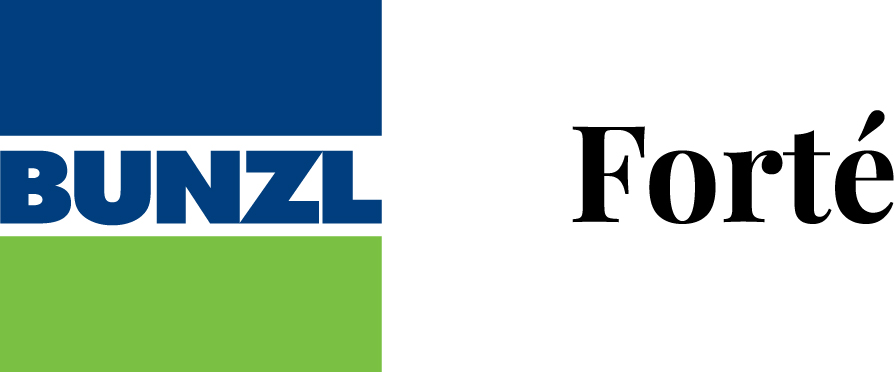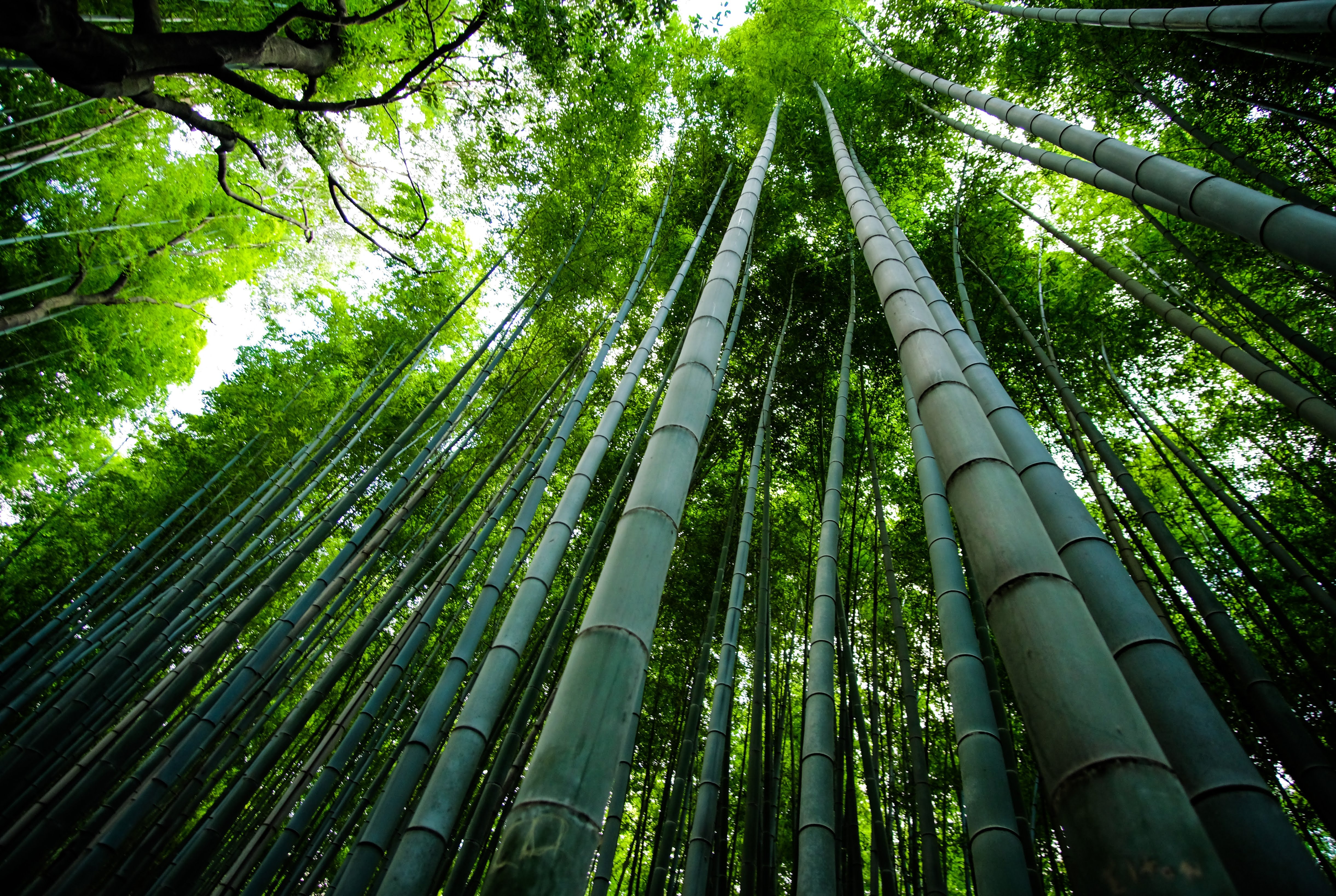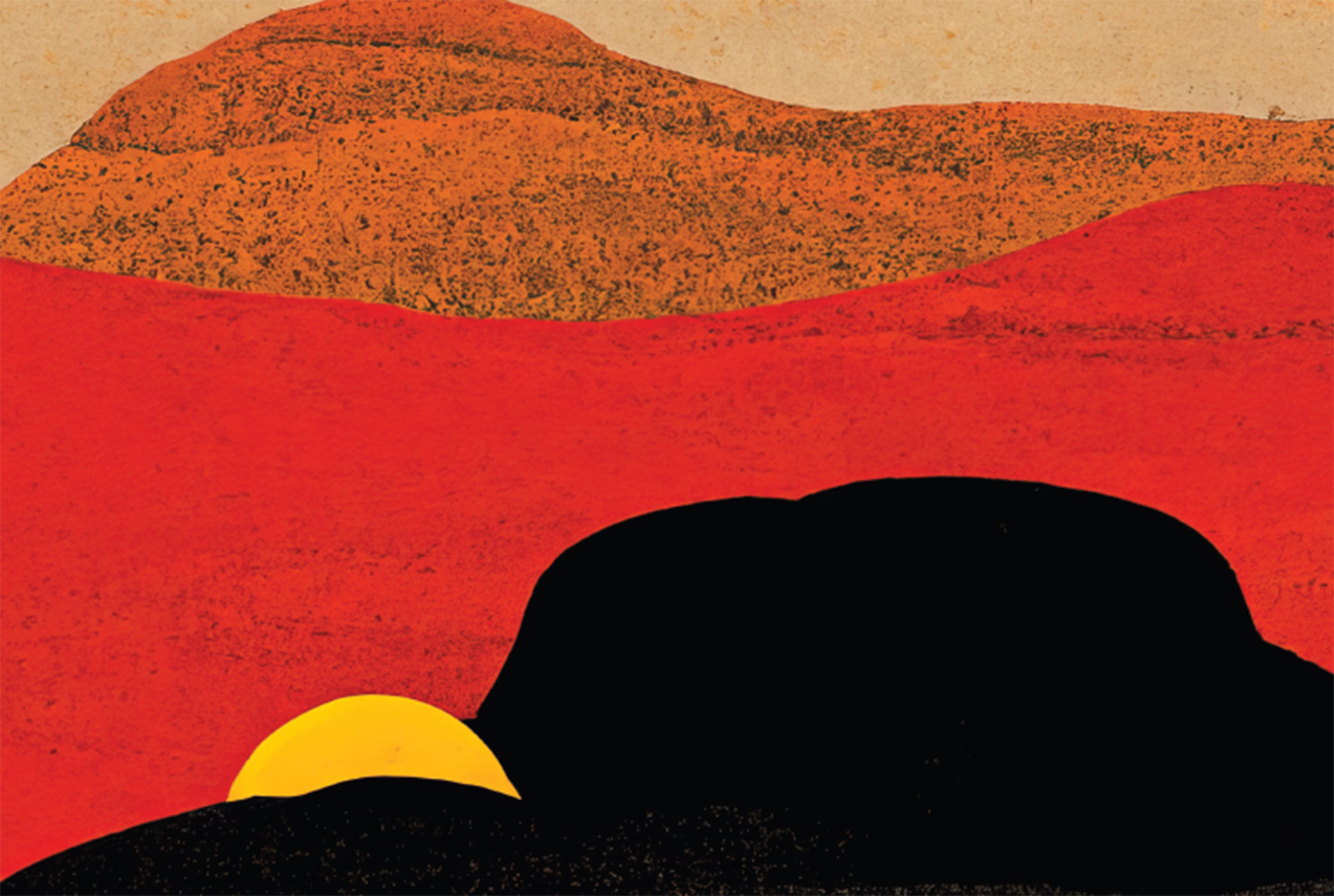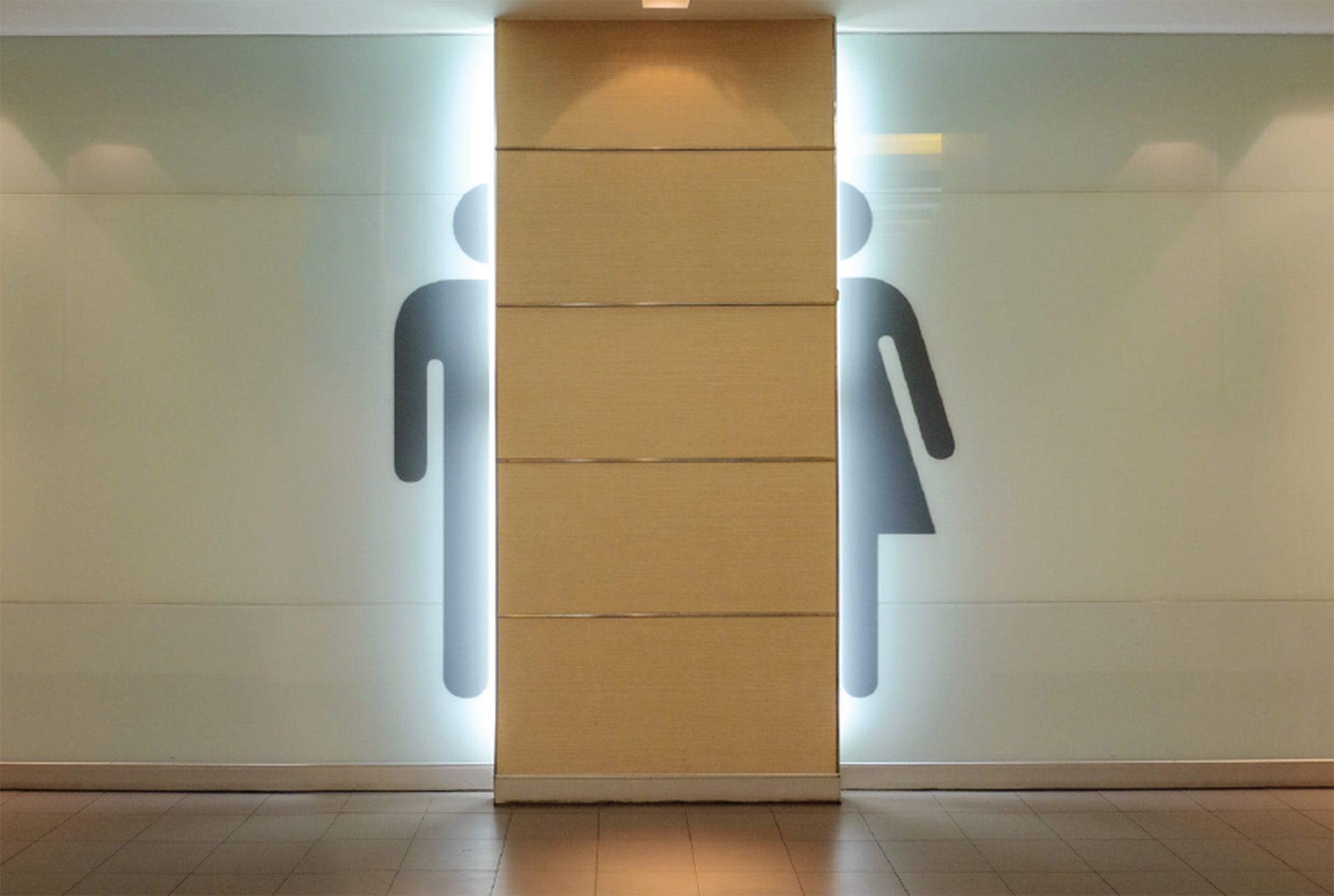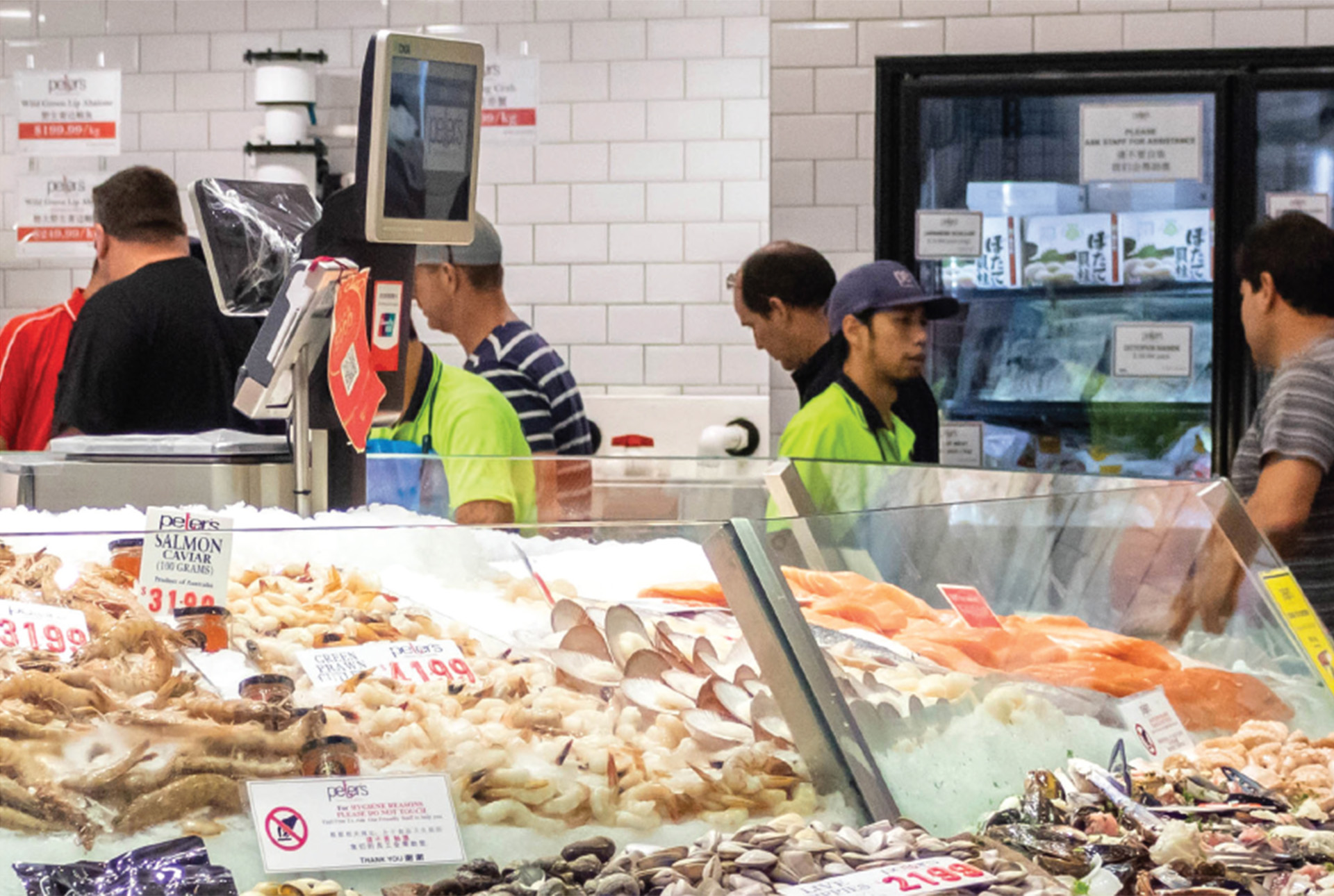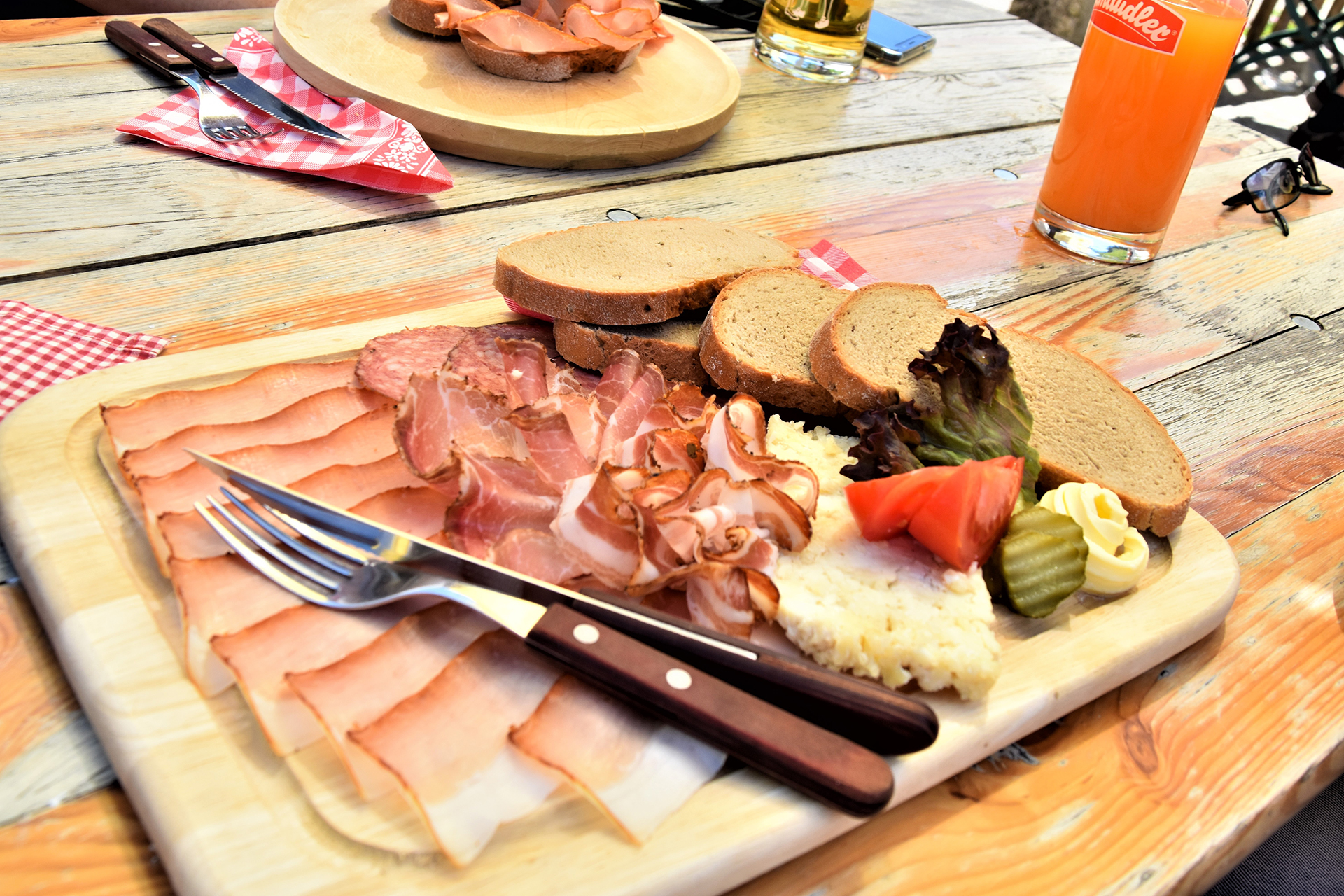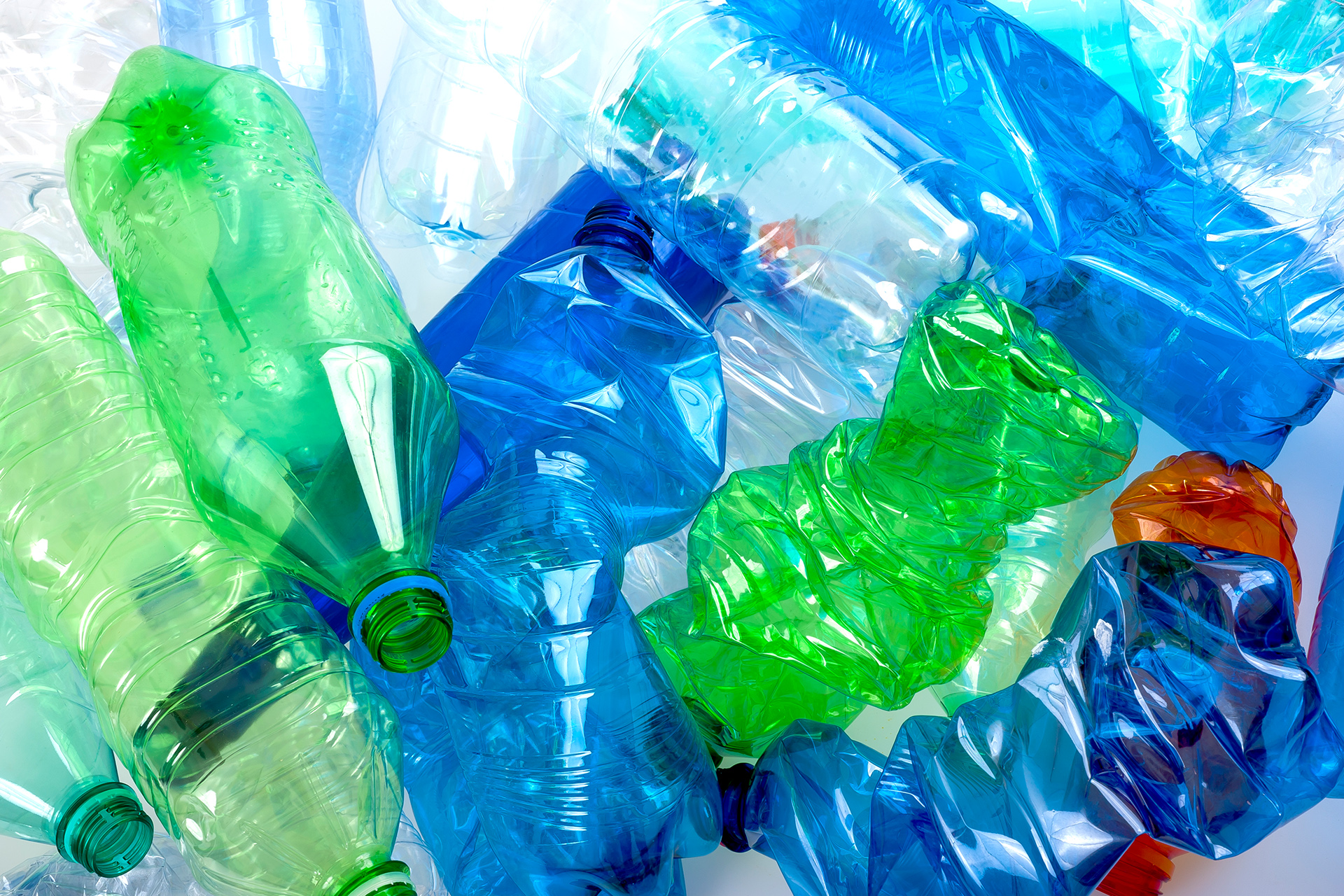Paper, sugarcane, bamboo, bioplastic, rPET…when it comes to sustainable food packaging, there are more options than ever before. But for many businesses this can lead to choice overload – what are the differences and how do you know which one is right for your needs? Here’s a guide.
PAPER
Paper packaging, which for years has represented a viable substitute for plastic, is made from a renewable resource – trees. It’s
widely recyclable and also compostable.
BAGASSE, BAMBOO AND BIOPLASTICS
Bagasse is sugarcane pulp – a by-product of sugarcane harvesting that can be moulded into packaging using heat and pressure. Bamboo is a natural, renewable resource that requires less water, pesticides and labour than harvesting wood (for paper). Bioplastics, meanwhile, are made from plant sources such as corn starch. These materials are compostable in industrial facilities under specific conditions and are made from renewable materials.
RECYCLED PET
Recycled polyethylene terephthalate, or rPET, is another fresh alternative that’s seen a surge in recent popularity when it comes to food packaging, as it’s made from recycled content and can be endlessly recycled. It’s also lightweight, strong and resealable.
MAKING A CHOICE
The most sustainable solution for your business may come down to what type of waste collection is available in your area. If you and your customers have access to organics waste collection, sugarcane plates and bowls may be the right option for you. Alternatively, if you and your customers primarily use paper recycling then paper-based products may be the best fit. Still not sure? Check in with one of Bunzl’s sustainability experts for further guidance: email sustainability@bunzl.com.au.
